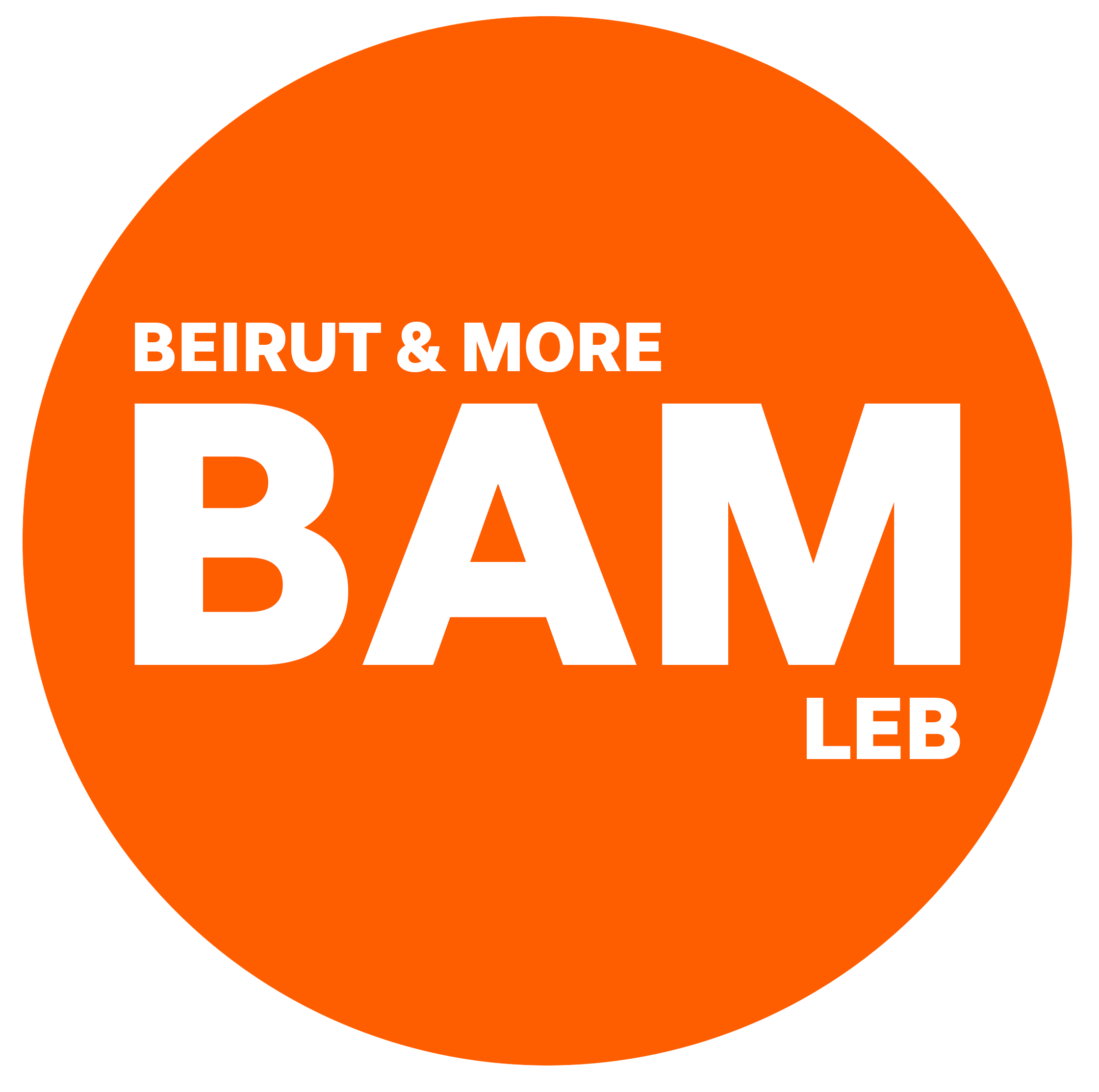- ART & CULTURE
- art museum
Roumieh, Matn district
Located in Roumieh, the mountain village of her childhood, the Dorothy Salhab Kazemi Museum is small, no more than one room. But what it lacks in size fades before the impressive quality of its contents and the elegant design of the exhibition space itself. The museum is the labor of a mother’s love. Mrs. Laurice Salhab spent several years planning a showcase worthy of her daughter’s work, wisely enlisting the help of two seasoned professionals ,Sylvia Ajamian, curator of the Sursock Museum, and Denise Khalifeh, director of Entretemps Art Gallery.
The mini-museum that resulted is a light, airy space fitted with handsome display units of glass, chrome and wood, all impeccably finished and designed for the optimum viewing of pottery and ceramics. What is now the museum would have been Dorothy’s new atelier, meant to replace the tiny, dark room in her grandmother’s old village house where she began working in 1970. She had just returned to Lebanon after several years of study in Denmark and teaching in Scotland, with her new husband, Shams, an economist assigned to the UN office in Beirut. Eight years later, in 1978, she had to leave her Roumieh workshop and all that was in it when the UN personnel were evacuated. The Kazemis settled in Geneva and, in a matter of months, Dorothy created a workshop in an abandoned barn in Dordogne, France. Even before she had finished restoring it, she had a new kiln and potter’s wheel installed, stocked up on barrels of clay and spread out her tools. There, between commuting to her husband in Geneva, she worked with intense devotion until she died of cancer 12 years later.
Dorothy was a born potter who, with distinctive talent and searching intuition, was able to lead a common craft into the higher realm of art. The utter refinement and delicacy of form that mark her functional pieces bowls, pots and jugs, large and small would have been enough to bring her fame. Many are in stoneware, pottery fired at high temperatures, a technique that was first introduced in Lebanon by Dorothy. Others are porcelain, thin and translucent. All are wheel-thrown. In describing how she experienced the process of producing them, Dorothy once said: “There is something deeply satisfying about working with clay on the wheel. It’s as though my body becomes an extension of the living, moving material."
-
Opening hours
Booking only

